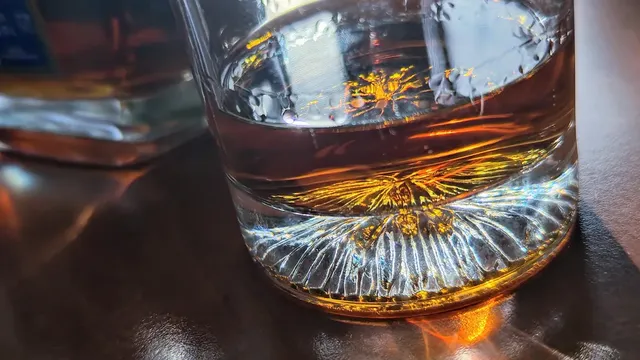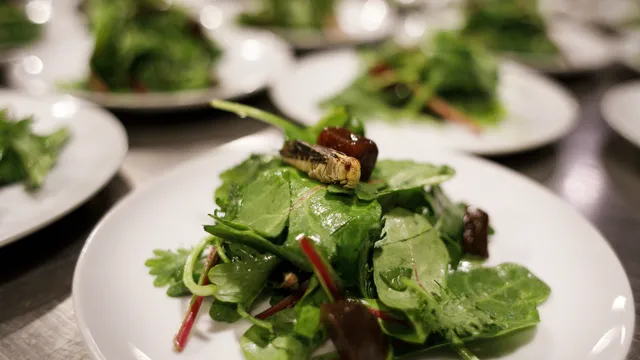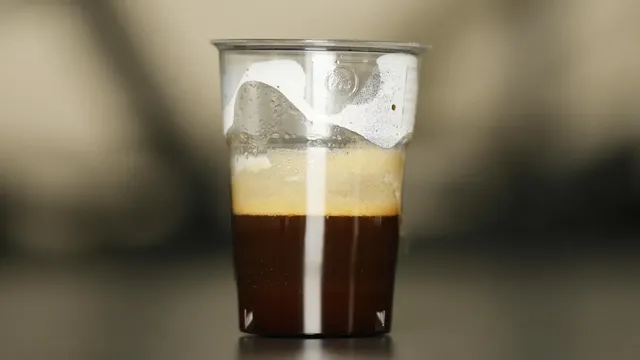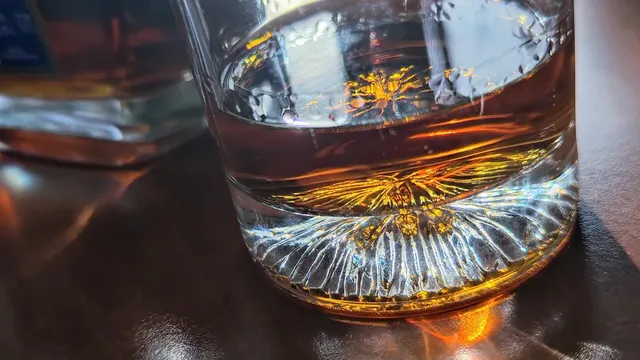Rotten fruit on the ground – slightly swollen, soft, fragrant... and with a slight hint of alcohol. This is what our hominid ancestors – represented today by apes and humans – often found in the tropical forests of Africa. And they loved this hint of ethanol.
According to the "Drunken Ape" hypothesis, formulated by Robert Dudley back in 2000, ethanol consumption in humans is not the result of modern cultural degradation, but the result of ancient evolutionary pressure. Millions of years before humans invented agriculture and fermentation, our fruit-eating ancestors already had a taste for naturally fermented fruits. And the transition from living high in the trees to gathering fallen fruit from the ground probably accelerated this process of adaptation.
Similar to how the mutation in ADH helped primates improve their feeding strategy, humans later adapted through mutations in another enzyme, ALDH, which breaks down acetaldehyde (a toxic by-product that causes alcohol intolerance with facial flushing, tachycardia, and nausea) into harmless acetate. This intolerance reaction is seen as a protective mechanism against excessive consumption of alcohol, a molecule that, together with its metabolites, can cause serious damage to health.
The ethanol from fermented fruit is not only detectable up close—it spreads through the air and probably served as an olfactory signal to primates that there were sugar-rich sources of energy nearby. Ethanol is widespread in nature, mainly through the fermentation of fruit sugars by yeast. One study measured the alcohol concentration in various fruits before they fell to the ground but were already overripe. The values vary according to species and environment: traces of 0.02% to 0.9% were measured in fruits in temperate and subtropical regions (e.g., officinalis, maple, date palm), while in the humid tropics – particularly favorable for fermentation – significantly higher levels have been recorded, up to 10% in some palm fruits in Panama. Although most fruits contain low concentrations (below 0.2% on average), their frequent consumption can be a significant source of ethanol for fruit-eating animals.
This natural production of alcohol is part of a complex interrelationship between plants, yeast, and animals: the fruits provide sugars, the yeast colonizes and ferments, and the attracted animals spread both the seeds and the yeast spores. A kind of "ecological mutualism."
There are many stories of animals "getting drunk" on fermented fruit—elephants and baboons in Africa eating marula, or a moose in Sweden stuck in a tree after consuming fermented apples. But such stories rarely have scientific confirmation: neither the concentration of ethanol in the fruit nor the presence of alcohol or metabolites in the animals has been measured. On the other hand, it is well documented that some mammals – for example, green monkeys introduced to the Caribbean region – do not hesitate to steal and drink alcoholic fruit cocktails left by tourists on the beaches of St. Kitts and Nevis. Another study shows that chimpanzees in Bossou, Guinea, use rolled leaves as "sponges" to soak up and drink fermented palm juice with a concentration of up to 6% ethanol. And they do so not secretly, but in groups, passing the leaves to each other, almost like a shared aperitif. This gives us reason to rethink the relationship between alcohol and social bonding.
Gathering fermented fruit from the ground also became a social incentive – even back then! We haven't invented anything new. Evolution has blessed us with a liver capable of breaking down about 7 grams of ethanol per hour. But that's nothing compared to modern cocktails. In the past, the amount of ethanol a primate could consume was limited by the capacity of its stomach, which was full of fruit. Today, we can consume tens of grams with just a few sips of concentrated alcohol. A small shot glass (3 cl) of whiskey or other 40-proof alcohol contains a full 10 grams! It is therefore not surprising that we are faced with the problems of excessive alcohol consumption and dependence, which have serious consequences for health and society. These are the so-called "mismatches" and "evolutionary hangovers."
Mutations in our ADH and ALDH genes have not yet allowed humanity to cope with the harms of excessive alcohol consumption.
In conclusion: our instinct to drink is ancient, but the risks are new. Our attraction to alcohol is not a modern anomaly, but an evolutionary legacy—a mistake from the era of rainforests, when ethanol meant calories and survival. But in a world where alcohol is concentrated, easily accessible, and ubiquitous, what was once an advantage has become a serious health threat and a priority public health issue. | BGNES

 Breaking news
Breaking news
 Europe
Europe
 Bulgaria
Bulgaria







